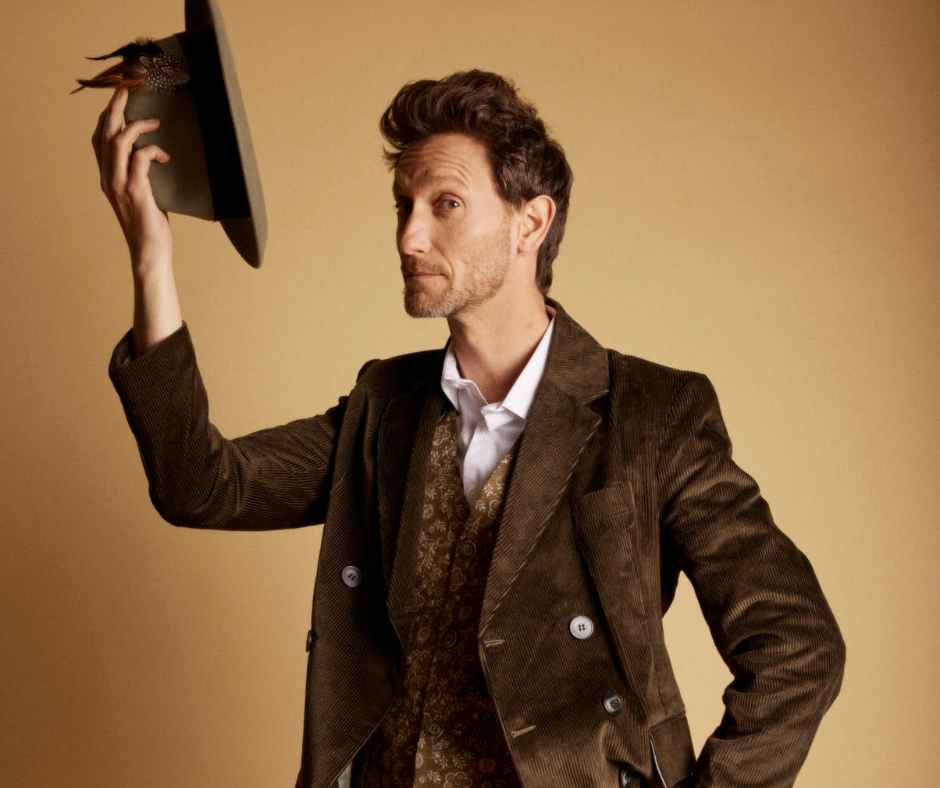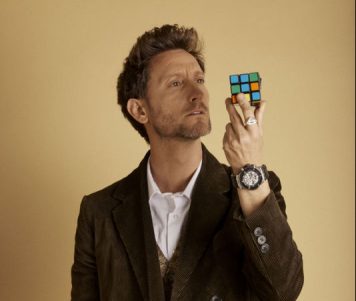
To What Extent is Theater Part of a Mentalist Show?
The world of mentalism and sensory art is an enthralling and attractive sphere where the boundaries between reality and illusion are blurred in an enjoyable and often breath-stopping way. Aside from the ability to integrate between different techniques and areas of knowledge in order to reach achievements that look like mind reading, predicting the future, and other amazing mentalism achievements, the success of a show and of the entertainer also depend on precise, high-quality use of theater arts.
We will explain below how mentalism and sensory art exist symbiotically with theatrics, and we will expose the decisive role that stage talent, entertainment skills, and theater arts play in creating an amazing show – exactly the way that Lior Suchard does all over the world, with phenomenal success and in a unique combination of mentalism and theater entertainment.
The perfect theatrical balance
Theater arts are an integral part of a mentalism and sensory art show because theatrics are essential for creating an impressive, high-quality stage presence, for forming meaningful interaction with the audience, and to intensify the experience. Imagine a mentalism show where the entertainer just stands on the stage and dryly performs the trick – even if the results work and are theoretically impressive, without theatrics, building up the tension, charisma, and high entertainment skills, it simply won’t work and won’t be enjoyable.
But at the same time, a mentalism performance is obviously not anything like a play by Shakespeare, rather an entertainment show of a completely different type and atmosphere. Therefore, a sensory artist needs to be dramatic, but also to maintain a precise and delicate balance in order to supply the perfect experience.
Balancing the theatrics
Mentalist requires a clever, refined, and delicate combination of theatrical glimmer. The entertainer needs to be dramatic enough to captivate, make people laugh, entertain, and draw in the audience, but not overdo it in a way that overshadows the essence of the show, which are the mentalism tricks and the breathtaking sensory art elements.
Building up tension through stage skills
A significant part of integrating theater arts into a sensory art show is building up tension – a critical element to the success of the show. The quality, precise theatrics that a sensory artist uses on stage contribute a lot to creating this sense of fun tension, keeping the audience in baited anticipation, on the edge of their seats, so that the final result is even more amazing, surprising, and of course entertaining.
Combinations of theater and sensory art:
- Multitasking: A sensory artist, like a skilled actor, needs to adapt themselves in order to manage and behave properly in a range of aspects and elements simultaneously – what is called stage multitasking. This means, for example, appearing on stage according to the script and order of the show, while also communicating with the audience in a dynamic and lively manner, using props or costumes, sticking to timing with multimedia systems, and of course, applying the many skills needed for every complicated mentalism stunt.
- Stage charisma: Just like not everyone is capable of appearing on a theater stage and providing a quality, powerful experience to the viewers, the same applies to entertainers. A sensory artist needs to have strong stage charisma that becomes even more precise and effective with knowledge and skills that definitely come from the world of acting.
- Interactive theatrics: Theatrical foundations in a sensory art show are also used to create interactive experiences that draw in the audience, keep them concentrating and interested, and make the entire performance more powerful. For example, Lior Suchard uses unforgettable stage and theater skills so that throughout his show, the audience is enthralled, laughing, anticipating, and moved along with him. Adding drama and theatrics at the peak of a mentalism stunt makes it much more impressive and amazing.
The fine line between acting and authenticity
After we explained how theater arts are integrated into and even essential for mentalism and sensory art performances, we now need to also mention and emphasize that a mentalism show is obviously not a theater show, and there is a fine line where they part ways. Part of a sensory art show involves the entertainer on stage acting, because he gets on stage with a certain persona and needs to navigate between a range of scenarios that are more or less scripted in advance.
But even more than that, a mentalist who is also an exceptional, revolutionary entertainer – like Lior – knows how to create the delicate balance between the illusion needed fore the specific mentalism act and exposing moments of authentic emotion, which keeps the audience involved, asking questions, and anticipating more amazing surprises.
In the end, alongside a range of acting and stage skills, a sensory artist must also be a master in implementing the many techniques necessary so that every complex, planned mentalism act can be performed perfectly – the combination and balance between these two worlds is what makes the show unforgettable!








